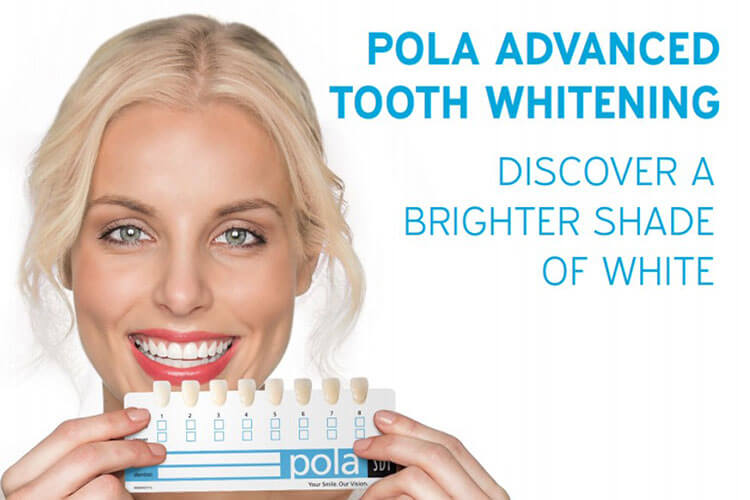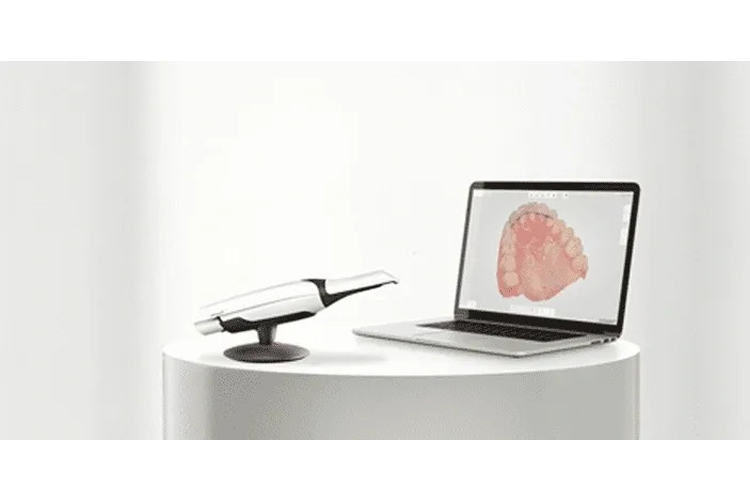A beautiful smile is magnetic.
So many of our patients at St. Lawrence Dentistry rejuvenate their teeth with the Pola Teeth Bleaching System. Below we have compiled the answers to some of the most commonly asked questions our Mississauga Dental Office gets asked.
Can my teeth get too white?, I don’t want them to look fake?
The truth is your teeth will never get whiter than they ever naturally could be. However, there are limitations to how white they can get. People’s skin tones and hair (if they have hair) vary, determining how white they want their teeth. Sometimes we tell patients we strive to get the white of their teeth to match their eyes white sclera. If we can get into this ballpark, patients are very pleased. St. Lawrence Dentistry will monitor your progress and help you get to the shade you desire.
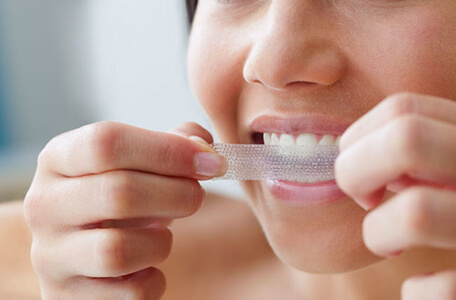
What is the difference Between whitening and bleaching?
You will see products called whitening strips in the store, which work by the chemical bleaching process. The term “whitening” technically refers to simply removing surface staining. The semantics are the following: Anytime you are bleaching, you are whitening. However, when you are whitening, you are not necessarily bleaching. So, for example, when we polish someone’s teeth, we technically whiten them, but this is not bleaching.
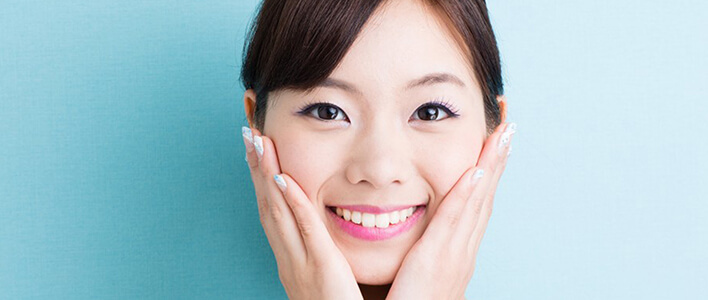
What are the three bleaching options available?
- In-office: These are dentist-applied materials. It has the advantage of patient compliance, and the dentist can do an exam before the procedure.
The disadvantages are cost, time, and inefficiency. Sometimes it can take 3-6 visits to obtain a result. Therefore, Dr. Hawryluk usually recommends performing in-office first to motivate patients, followed by take-home trays. - Take-home trays: These products contain either hydrogen peroxide and carbamate peroxide. Dr. Hawryluk will see which is most suitable for you.
- Over the counter: such as Crest White Strips.
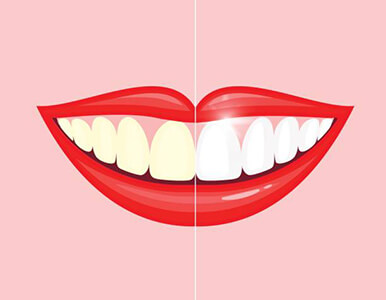
What is the most significant advantage of the Pola Whitening System over-the-counter products?
The results are more dramatic and usually have minimal sensitivity with the Pola System. Many take-home products have hydrogen peroxide as the active ingredient somewhere in the range of 15% – this is a ton. It is no wonder that patients complain about the sensitivity with take-home products 15% hydrogen peroxide can make your gums look burned. Fortunately, it goes away in 15-20 minutes

What are the two main types of active bleaching ingredients, and what is the difference between them?
They are hydrogen peroxide and carbamide peroxide. Hydrogen peroxide alone is a powerful whitening agent. Carbamide peroxide also an efficient whitening agent—contains hydrogen peroxide at a ratio of 3:1. For instance, a product with 30% carbamide peroxide has about 10% hydrogen peroxide. Hydrogen peroxide and carbamide peroxide both provide the same excellent results. Hydrogen peroxide produces somewhat more moving results initially since hydrogen peroxide breaks down quicker than carbamide peroxide. It delivers most of its whitening power within 30–60 minutes. Carbamide peroxide delivers about 50% of its whitening power in the first two hours and can remain effective for up to six extra hours. It means that products using hydrogen peroxide have shorter wear times. However, the number of days someone will need to use either depends on the person’s unique needs and rate of tooth color change. Products with carbamide peroxide have a slightly longer shelf life than those with hydrogen peroxide, although when refrigerated, all peroxide products have an increased shelf life.
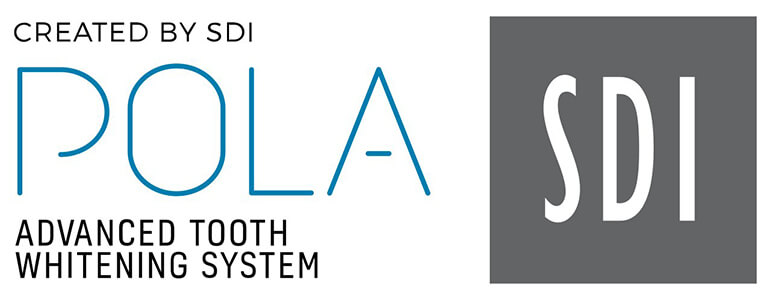
What type of bleach gel causes more rebound?
Rebound is where the teeth appear lighter immediately after whitening but then lose some brilliance after a short time has passed. There is no difference between hydrogen and carbamate peroxide in this regard. Rebound has more to do with dehydration than peroxide levels. Pola whitening gels contain higher water content which helps to prevent rebound caused by dehydration.
Should I use a carbamate or hydrogen peroxide gel to whiten my teeth?
We suggest you talk to Dr. Hawryluk or your dentist about what product s right for you. Then, you can feel great about using either hydrogen peroxide or a carbamide peroxide product to whiten your smile. Pola whitening has developed a complete series of carbamide peroxide and hydrogen peroxide whitening products to fit every lifestyle.
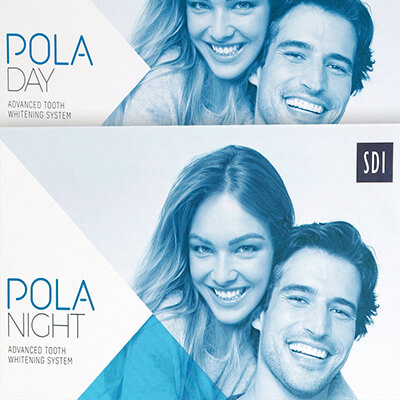
What are some steps taken to manage any discomfort during in-office whitening?
Dr. Hawryluk recommends a new product called Listerine sensitivity. You can get it over the counter or on amazon – the active ingredient is potassium oxalate. We have patients use this for 1-2 weeks before their bleaching. At our office, we sometimes give them a dose of Advil and Tylenol. Typically this is 600mg Advil and 1000mg of Tylenol. Potassium oxalate is also available in the product super seal from Pheonix dental. It does not affect bonding or bleaching and looks and tastes just like water. We put this on 1-2 mins before bleaching. If a bit of bleach gets on the gums during the bleaching process, we will apply vitamin E oil to soothe the gums. If the patients use trays at home, we sometimes give them “Pola Soothe” containing potassium nitrate. Dr. Hawryluk uses Ultradent Consepsis before whitening – a chlorhexidine antimicrobial scrub, we put it in a prophy cup and go over all the teeth we will whiten beforehand. We often also use this before cementing dental crowns to disinfect before dental bonding.
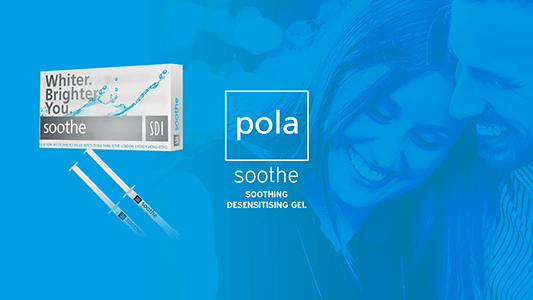
How safe is bleaching?
It’s safe if used correctly. The mildest and most gentle solution is the 10% Carbimide Peroxide solution. A lot of papers reference it as safe even for under 18 years. Soldiers used carbamate peroxide as early as WW1 for an anti-inflammatory and antiseptic. The 10% carbamide peroxide will not harm the tissues – it is an oral antiseptic and safe enough for children. To give some perspective, “gly-oxide oral cleaner solution” also contains 10% carbamide peroxide. Physicians often apply the solution to babies’ mouths when they have thrush. Carbamide Peroxide keeps the teeth clean. Therefore, it is beneficial to have the 10% carbamide peroxide ooze on the tissues.

Can Invisalign trays be used as a bleach carrier?
Invisalign trays are fine for bleaching products. However, Dr. Hawryluk strongly recommends only using the 10% carbamate peroxide with them. Do not use the 16% or the 22% carbamate peroxide – only the lowest concentration one. You have to keep in mind that the Invisalign trays are very form-fitting and rigid so that the bleaching gel will ooze out. Also, if the 16% or 22% gets on your gums, it will not feel great. The 10% will feel lovely, and you want it to get on to your gums.
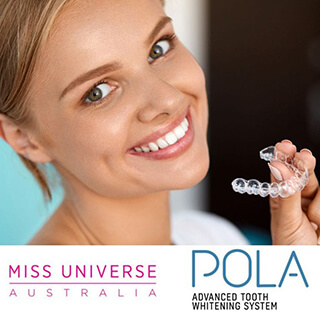
Can I bleach my teeth during pregnancy?
Both the American Dental Association and Dr. Hawryluk recommend delaying cosmetic procedures until after the baby arrives.
What is the “Deep Bleaching Technique”?
It involves using a 22% carbamate peroxide solution in take-home trays, followed by a 38% hydrogen peroxide in-office. Following this is another 22% carbamate peroxide treatment at home. The thought process is using carbamate peroxide at home for 4-6 weeks before coming in-office bleaching opens the pores on the teeth and “primes” the teeth, so the in-office bleaching has the most significant impact. Spoiler alert: this technique does not work as well as the “combined bleaching technique” – which is in-office whitening first followed by a 22% Pola Night carbamate peroxide take-home kit and finishing with in-office whitening again. Finally, sometimes then we send patients home with another box to use for 4-6 weeks.
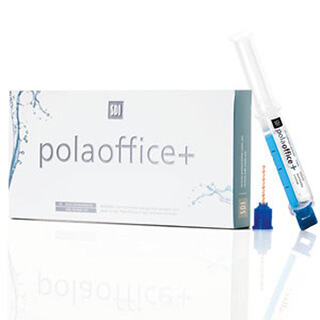
What is the concentration of carbamate peroxide you start patients on?
Dr. Hawryluk typically starts in the 16% range, or if they are adventurous, we give them the 22%. The 22% carbamate peroxide breaks down into about 7% hydrogen peroxide so it’s still reasonably strong. In addition, Pola does make a 35% carbamate peroxide – this is very potent, and we save this for people who are “pros’ at the whitening process, and we “ween” them on to it.
What are some facts about in-office bleaching?
The most crucial step is to apply the “gingival barrier” so the bleach does not get on your gums. The bleaching time of the in-office sessions is 24 mins (3×8 min sessions). We focus on the “social 6”, the six visible upper and the visual six lower teeth. Once and a while, we will go back to a premolar. Dr. Hawryluk loves the hyperchromatic gel, which makes it stand out and easy to place. It is controversial whether or not shining a light helps the bleaching process. Some papers say the light affects the bleach. The premise is increasing the bleach to beyond 45 degrees makes it more effective, whereas other papers contradict that.
What is an excellent non-custom whitening option?
The Pola light is one of the best non-custom options. It contains a pre-formed tray, which kind of looks like a mouthguard. There is a light attached to it, which you can charge by USB. Patients like it since they think the light is doing something. They can load carbamate peroxide or low-grade hydrogen peroxide in that mouthpiece. The downside is the tray is not custom, so you end up wasting more product, and it is not tightly adhered to your teeth.
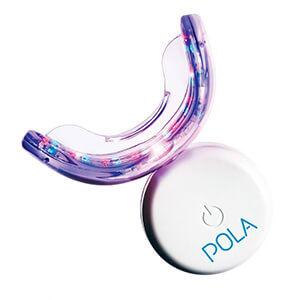
How long will the whitening last?
It is different for everybody. If patients are drinking coffee all day long and a bottle of red wine every evening, it will not last as long. It depends on diet, genetics, and how light the teeth got with the treatment. Biology comes into play, and it is like asking how long my next haircut will last. Dr. Hawryluk finds with people that smoke, the effect is more intense, and it lasts longer. We are not sure why and will look into this more. It may have something to do with them become motivated to smoke less during their whitening because they want the results to last. We sometimes only get minor results on younger patients who already have white teeth and long-term products like Crest White Strips. In these patients, we may only get a half shade lighter. Mostly the result here comes only from the dehydration effect of keeping their mouth open. The absolute best way to maintain your new shade is to use the take-home trays at a lower concentration after the primary whitening treatment. There is no endpoint necessarily for using carbamate peroxide gels. There will come the point where the teeth will not whiten anymore, but there are the gels will be beneficial to tissues around the teeth.
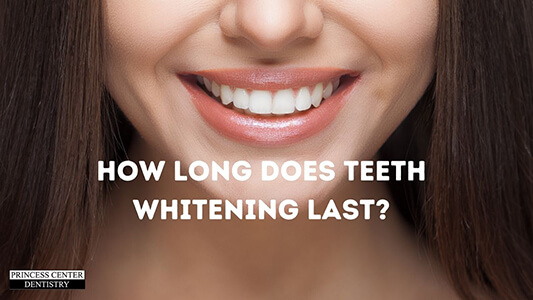
Is whitening acceptable for those under 18?
10% carbamate peroxide solutions are safe for most in the 16-18 year age range. After this age, all the strengths are acceptable (from an age standpoint).
What should I do if I’m using over-the-counter products and not getting any results?
We see a lot of patients who are not satisfied with over-the-counter products. For example, whitening toothpaste is just grit and is just going to remove surface staining– it may whiten, but it is not bleaching. To get actual results, you need to do a deep chemical bleach of the tooth.
Dr. Hawryluk recommends talking to your dentist about making custom bleach trays and using the 38% Pola hydrogen peroxide in-office system. The in-office system is nearly three times as strong as anything you are going to get over the counter.
Can bleaching damage the teeth?
At the microscopic level, there is some breakdown in the tooth structure. However, as long as your dentist is appropriately prescribing the bleaching process and fluoride varnish is incorporated. The fluoride reverses any damage and heals the tooth.
I have a lot of crowns. Is it worth it for me to whiten my teeth?
YES – If a patient has a full mouth rehabilitation with many crowns, we make them bleaching trays and give them the 10% carbonate peroxide solution. The lower grade 3% hydrogen peroxide, equivalent to 10% carbamate peroxide solution, will “irrigate around the crowns” and clean the tissue. Eventually, you may want some of your old crowns replaced to match your new white teeth. It is worth it for almost everyone to use 10% carbamate peroxide with bleaching trays. Even denture patients (without locators or implants) can benefit. Many denture patients sleep with their dentures in place, and the hydrogen peroxide cleans the tissue.
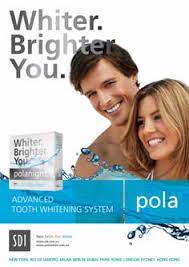
Does Charcoal paste help with whitening or maintaining it?
Beyond getting rid of surface stains – not really. Next time you go to the store, look at the toothpaste containing Charcoal. Look at the “inactive ingredients” section on the box. The Charcoal will be listed as an “inactive ingredient”, meaning it does not do much. However, the Charcoal is very gritty and scours the teeth. So when using the Charcoal, your teeth will look like “mud mouth”, and when you take it out, your teeth look whiter because it’s such a contrast to the black. In other words, you can get a false sense of whitening with charcoal use.
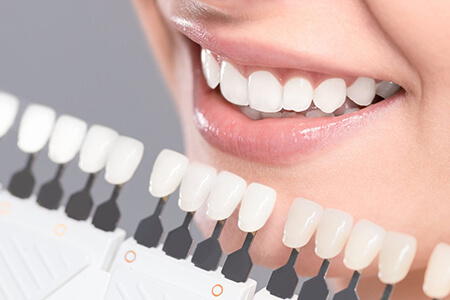
Will gargling with hydrogen peroxide whiten my teeth?
As stated above, hydrogen peroxide is the main active ingredient in many over-the-counter and professional teeth-whitening products. Gargling with hydrogen peroxide might make your teeth look whiter for a few hours right after you do it. However, hydrogen peroxide mouthwashes need to be used consistently over several months to produce a lasting effect.
Whitening gels with 10% carbamide peroxide, which contains about 3.5% hydrogen peroxide, are significantly more effective at whitening teeth.
We hope you have enjoyed the answers to these commonly asked questions at our Mississauga Dental Office. If your looking to whitening your teeth, please give us a call!
References:
https://www.opalescence.com/eu/Pages/press-room.aspx?article-name=Hydrogen%20Peroxide%20vs.%20Carbamide%20Peroxide:%20What%27s%20the%20Difference?
https://www.ncbi.nlm.nih.gov/pmc/articles/PMC4534617/
https://www.healthline.com/health/gargling-hydrogen-peroxide#benefits
- Sleep Dentistry: Enhancing Comfort and Care During Dental Procedures - July 11, 2024
- The Revolutionary Injection Molding Technique for Composite Veneers - June 27, 2024
- Why Are Third Molars Called “Wisdom Teeth”? - June 19, 2024



